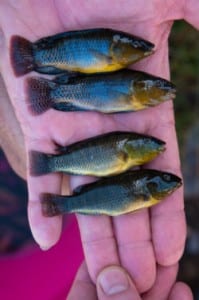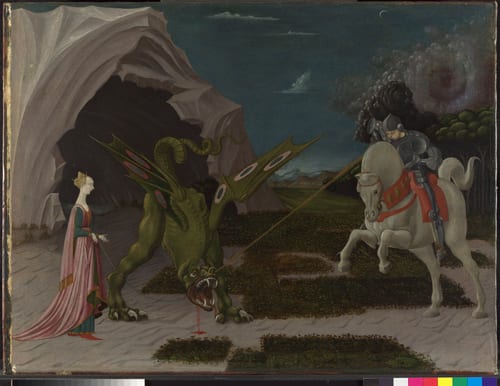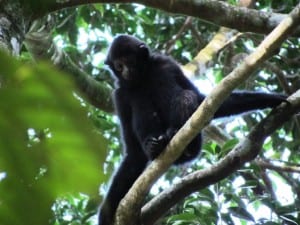Grant Museum Show’n’Tell: Soda Lakes
By ycrnf01, on 29 October 2014

Cichlid fish. Image courtesy of
Dean Veall and Antonia Ford
The Grant Museum of Zoology is just one of UCL’s many interesting and engaging museums, conveniently located almost directly opposite the Quad, and so, perfect for a fly-by lunchtime visit.
The museum hosts plenty of events throughout the year including its exciting Show’n’Tell series. I took the opportunity to go along to an edition and hosted on Wednesday 22 October.
Home to no less than 68,000 fascinating objects, the museum’s collection covers everything from the Tasmanian tiger and Dodo to brain matter and skeletons from species right across the animal kingdom. I heard from a UCL researcher who was asked to showcase just one object from the vast options on offer and tasked with sharing all they know about it to a keen and inquisitive audience.
It was certainly a unique experience to be surrounded by thousands of specimens as the talk took place at the heart of the museum among the many exhibitions. The event began with a short welcome and introduction to the museum, including an overview of its 170-year history, by our host for the hour, Dean Veall (Grant Museum, Learning and Access Officer) who then introduced PhD student Antonia Ford (UCL Genetics, Evolution and Environment).
 Close
Close



 The evening was extremely thought provoking and provided a means to highlight the crises facing many relatively unknown species. With several people within the audience admitting to not knowing that the gibbon, a small ape living in China, was the most endangered ape, Helen Thirlway, the Director at International Primate Protection League (UK), reported that there are still many people who do not even know what a gibbon is.
The evening was extremely thought provoking and provided a means to highlight the crises facing many relatively unknown species. With several people within the audience admitting to not knowing that the gibbon, a small ape living in China, was the most endangered ape, Helen Thirlway, the Director at International Primate Protection League (UK), reported that there are still many people who do not even know what a gibbon is.